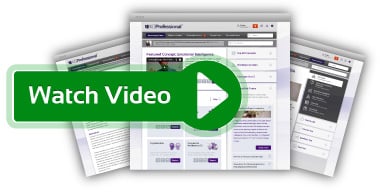Insourcing
Insourcing generally refers to the decision of an organisation to retain core competencies in-house. This concept identifies the benefits of insourcing, its business application, best practice and success factors.
Technique Overview
Insourcing Definition
Insourcing generally refers to the decision of an organisation to retain core competencies in-house (Youngson and Cheung, 2007). The combination of inhouse work and outsourcing is used by every organisation but on different scales. Michael Munger, the jocund chair of the Duke University department of political science, argues that a computer company would not make its own furniture, bake bread in its cafeteria, or make waste-baskets). Profits define the line and helps companies decide what to buy and what to produce. The line, however, constantly changes (The Economist, 2008).
Insourcing Description *
* The full technique overview will be available soon. Contact us to register your interest in our business management platform, and learn all about Insourcing.
Business Evidence
Strengths, weaknesses and examples of Insourcing *
* The business evidence section is for premium members only. Please contact us about accessing the Business Evidence.
Business Application
Implementation, success factors and measures of Insourcing *
* The business application section is for premium members only. Please contact us about accessing the Business application.
Professional Tools
Insourcing videos and downloads *
* The professional tools section is for premium members only. Please contact us about accessing the professional tools.
Further Reading
Insourcing web and print resources *
Insourcing references (4 of up to 20) *
- Bhagwatwar, A., Hackney, R. and Desouza, K.C. (2011) Considerations for Information Systems 'Backsourcing': A Framework for Knowledge Reintegration. Information Systems Management, Vol. 28(2), pp. 165-173.
- Chadee, D. and Raman, R. (2009) International Outsourcing of Information Technology Services: Review and Future Directions. International Marketing Review, Vol. 26(4/5), pp. 411-438.
- Chase, R.B., Jacobs, F.R., and Aquilano, N.J. (2004) Operations Management for Competitive Advantage. (10th ed.) McGraw-Hill: Boston, MA.
- Chopra, S. and Meindl, P. (2007) Supply Chain Management. Strategy, Planning and Operation. (3rd ed.) Pearson/Prentice Hall: Upper Saddle River, N.J.
* The further reading section is for premium members only. Please contact us about accessing the further reading.
Learn more about KnowledgeBrief Manage and how you can equip yourself with the knowledge to succeed on Insourcing and hundreds of other essential business management techniques

